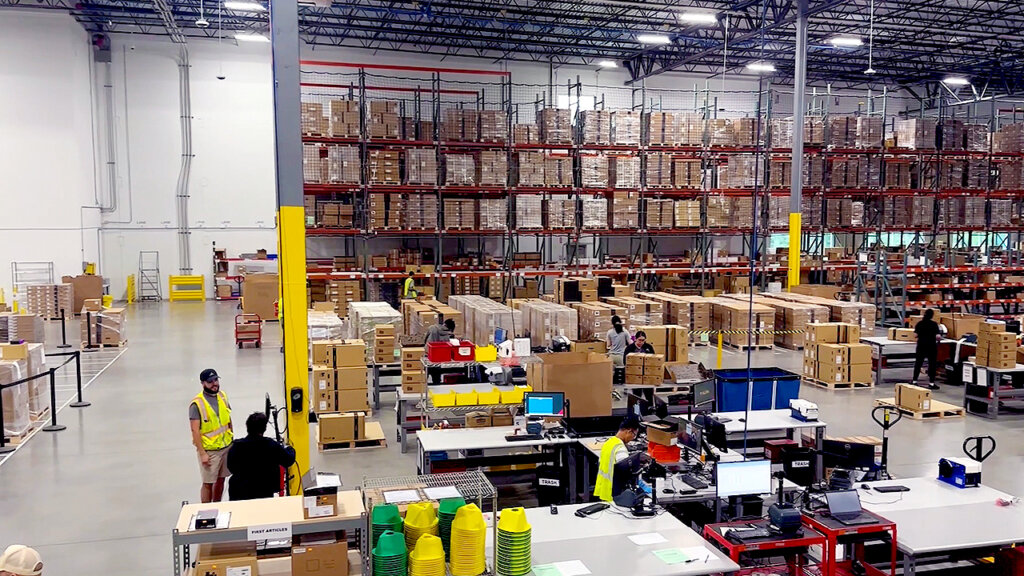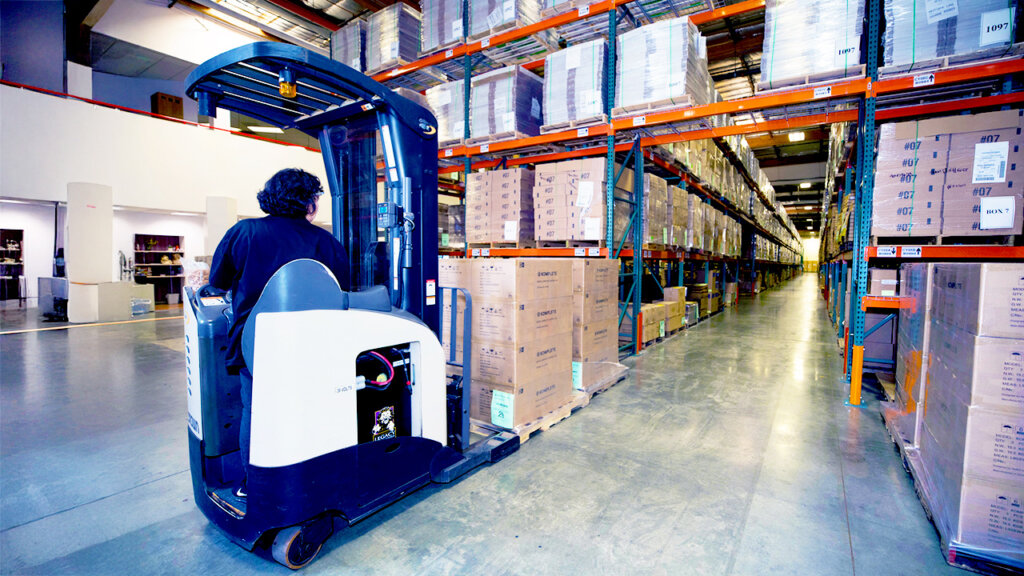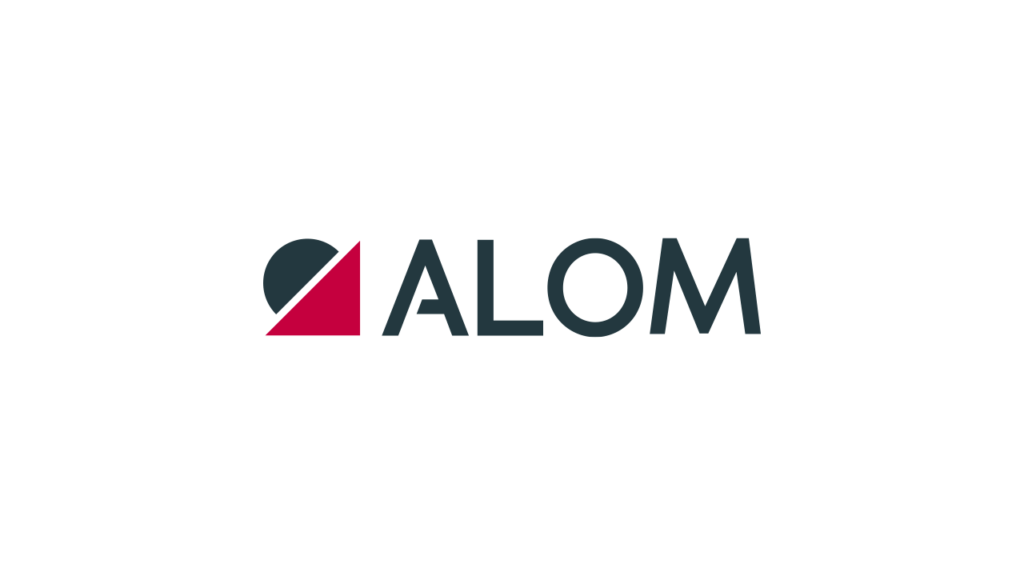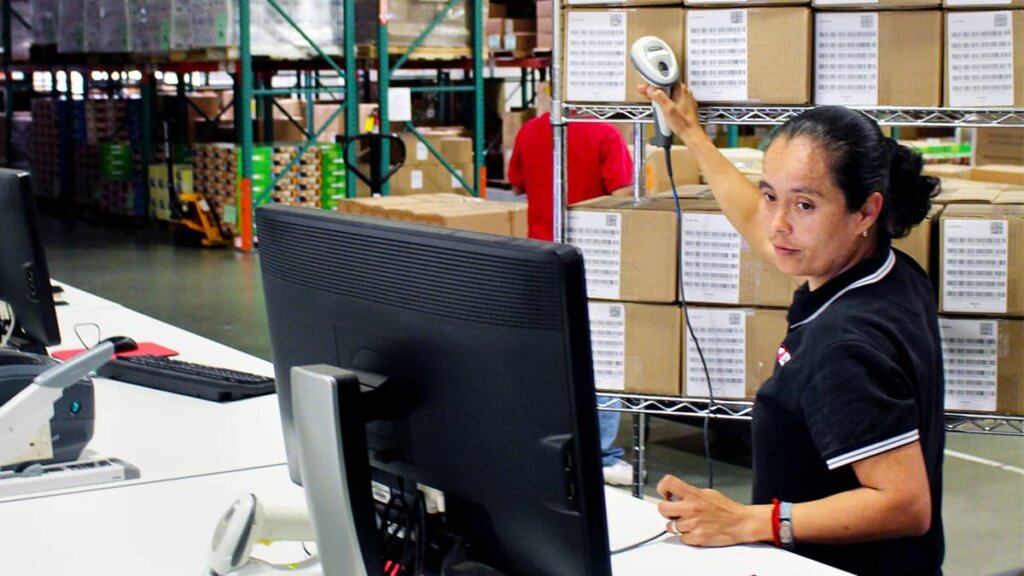I count myself fortunate to be surrounded by a diverse group of friends, many of whom are not entrenched in the intricacies of the supply chain world. This year, when I engage in conversations with those outside the supply chain realm, they often bring up the topic of how things seem to have settled down in supply chains. I restrain myself from launching into a detailed explanation and instead acknowledge that the deafening noise of the pandemic seems to have subsided. Freight prices have eased, consumer goods are flowing relatively smoothly, and consumers may not notice the behind-the-scenes activities. The supply chain indices paint a picture of tranquility.
However, when I reunite with my supply chain comrades, a starkly different narrative unfolds. They are gripped by apprehension fueled by the precarious geopolitical landscape. The immediate repercussions are felt within their organizations: Rare metals are becoming scarce, delayed parts are wreaking havoc on production schedules, and price pressures persist from regions that can still ship. Import/export restrictions further compound the challenges, and the seemingly promising China Plus strategy reveals its complexity when implemented across multiple tiers. Incidents such as Yemeni Houthis targeting ships in the Red Sea, the turmoil in the Suez Canal, and large ships turned away from the Panama Canal due to low water levels add to the turmoil. Inventory accumulates yet remains unconvertible to cash due to a single missing part. The tales of supply chain executives sharing their war stories are truly remarkable.
And this is all before we delve into the potential long-term geopolitical implications. What if the supply of vital components from Taiwan is disrupted? What if trade restrictions become even more stringent? What if European economies stumble, taking key suppliers down with them? These “what if” questions loom large, with the potential to deliver profound shocks to the supply chain, and some of these scenarios are not as far-fetched as we’d like to think.
Amidst these concerns, there’s the ever-present discussion of demand planning and the delicate balance of maintaining the right inventory levels. The pressure to keep costs low in an era of high capital costs contrasts with the imperative to avoid inventory shortages that could disrupt supply and revenue generation. In addition, mounting regulations, the ethical and legal burden of ESG (Environmental, Social, and Governance) compliance, and the escalating risk of cyberattacks, which have surged by 26% year-over-year for supply chain organizations, further compound the complexities. Realistically speaking, things are not getting any easier.
Scenario planning has become the buzzword of the day. Yet, if we’re to consider every possible “what if” scenario, including those where multiple crises converge simultaneously, it becomes a daunting task. McKinsey has published a chart outlining the various forces that could trigger severe disruptions, and I counted no less than 20 different potential causes.
The stress levels among supply chain professionals have reached staggering heights, surpassing, for many, the levels experienced during the pandemic. So, why do the supply chain indices continue to paint a picture of tranquility, leading some to declare the supply chain crisis as over?
The answer lies in the fact that most indices tend to emphasize logistics costs and delays, while measuring the risk of disruption in the supply chain is a far more intricate endeavor. The psychological toll of uncertainty, which is a very real issue, often goes unnoticed or unaddressed by indices and statisticians, at least until a significant disruption occurs. As supply chain leaders, it is crucial for us to grasp the constant stress our teams are under.
The pandemic has underscored the importance of fortifying our organizations’ resilience. Nearsourcing, enhancing supply chain visibility, and the swift ability to respond have become paramount. The recruitment of resilient and resourceful supply chain leaders is essential. In my own organization, we’ve made substantial strides in these areas, with 80% of our suppliers located within 100 miles of one of our facilities. Even on the busiest day of the year, we shipped every order 100% on time, a testament to our exceptional team. We’ve intentionally built one of the most respected supply chain teams globally and have developed robust systems to navigate the supply chain in real-time, both for our staff and customers.
Nonetheless, we must also acknowledge the very real toll that constant change and risk planning, often skewed towards negative outcomes, take on our teams, some of whom are still recovering from the challenges of the pandemic years. So, as the Holidays approach and a new year is about to dawn, I send warm greetings to my extended supply chain family with sincere wishes for peaceful Holidays and inner strength to navigate through the challenges in 2024. Now is the time to hug a supply chain professional.













